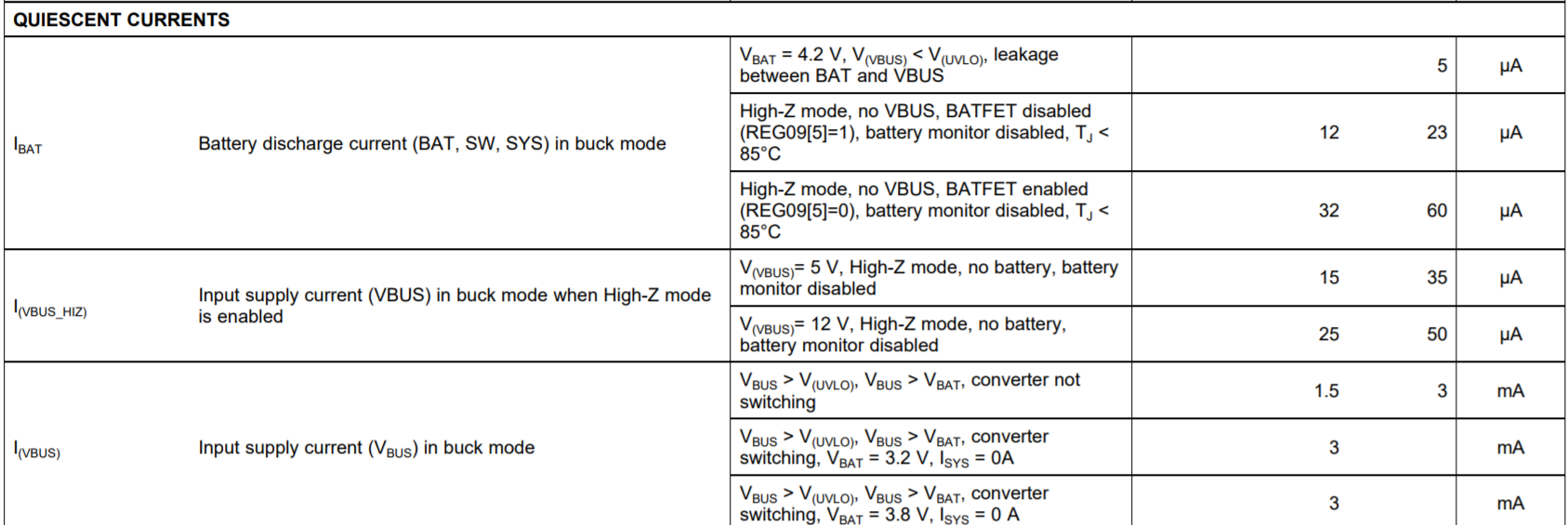Hi,
I have a low power system. The system needs 3.3V. I am using a single cell battery (1S).
I'm trying to set up a circuit for the power part. I need a low price solution.
The features I want on the power side:
The system needs 3.3V [LDO/Buck/Switching]
I want to charge the battery and power the system with USB and 9V/12V (if possible 9-28V) external power supply input (DC input). [LDO/Buck/Switching]
I want to charge the battery with 4.2V/2A (or max 8hours), using USB and external DC adapter. [Battery Charger]
The system should have an solar panel input (+MPPT feature). [Battery Charger]
The system should have dead battery protection. When the battery dies, the system should continue working (+powerpath feature). [Battery Charger]
I also want to measure the battery capacity using current and voltage values. [Fuel Gauge]
My Single Cell Battery (1S):
Capacity: 5000mAh
Charge: 2.4A (standard), CC-CV
Voltage: min2.5V nom3.6V max4.2V
My system features:
The system maximum current 2.1 A (peak 2.7A).
The system will generally operate with microampere levels of current.
The system works with 3.3V.
Based on these features, can you recommend single cell battery charger IC, 3V3 output IC, fuel gauge IC ? Or could you suggest me any other way ?
Thanks have a good day.
-
Ask a related question
What is a related question?A related question is a question created from another question. When the related question is created, it will be automatically linked to the original question.



